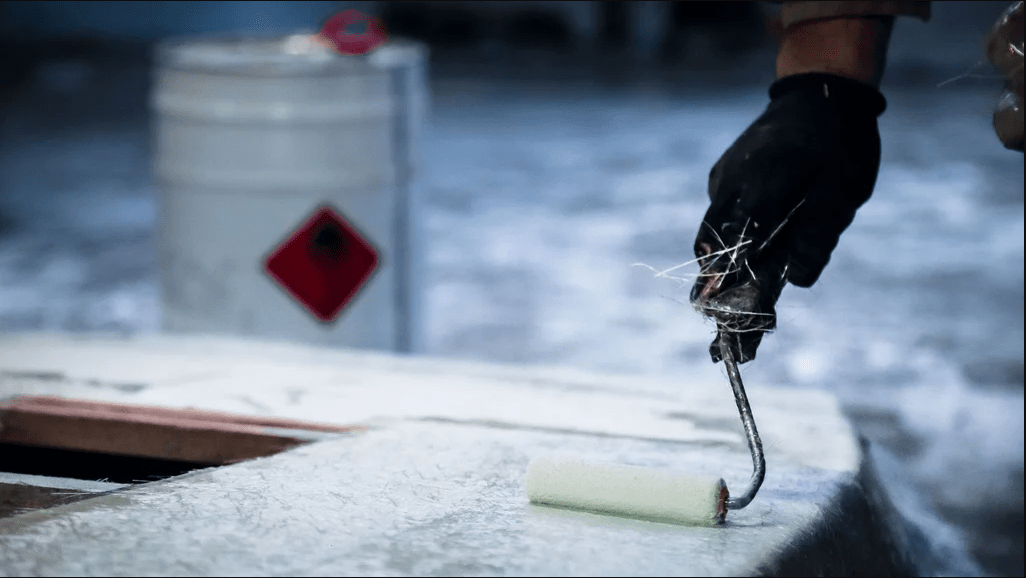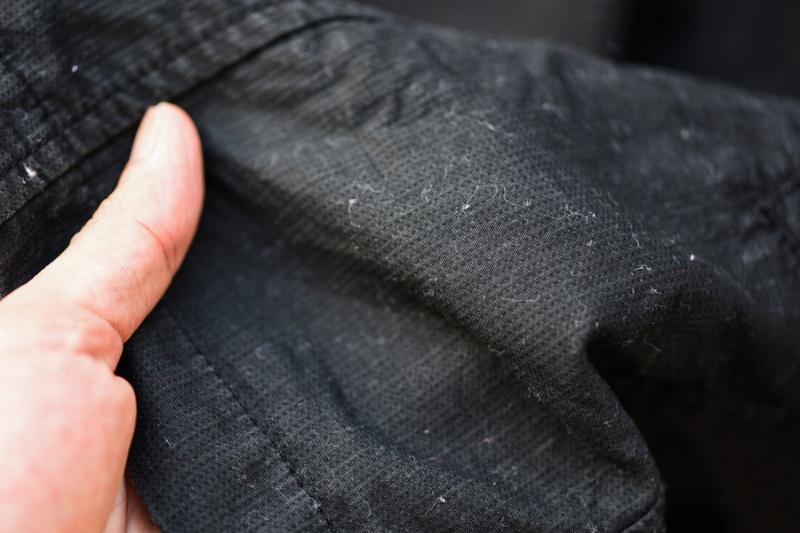- +86-13775339109
- Jessica@nq-fiberglass.cn
- No 61 Fangxian, Danyang, Jiangsu
Fiberglass is useful in insulation and construction — but when it gets on your clothes, it can be itchy, irritating, and even dangerous. The big question is: can you wash fiberglass out of clothes?The short answer: sometimes yes, but with caution.
In this guide, you’ll learn how to safely remove fiberglass from clothing, protect your skin from the dreaded fiberglass itch, and prevent contamination in your home.
Fiberglass is made of extremely fine glass fibers, thinner than a human hair. These microscopic strands are woven into insulation, filters, and construction materials because they’re strong, lightweight, and heat-resistant.But here’s the problem: when fiberglass touches your skin or gets stuck in clothing, those sharp little fibers irritate your skin and make you itch. This is what people call the “fiberglass itch.”
On clothes, fiberglass looks like:
On skin, it feels like:
So, while fiberglass is a fantastic building material, it’s a nightmare when it comes into contact with your body.

Yes — but only under the right conditions. Washing fiberglass-contaminated clothes is risky because:
Best practice:

If you decide the clothes are worth saving, here’s the safest way to wash fiberglass out:
Fabric softeners coat fibers and trap fiberglass instead of removing it.
⚠️ Pro tip: After washing, clean the washing machine drum with an empty hot cycle to prevent fiberglass from transferring to your next load.
Some clothing is just not worth the risk. You should discard clothes if:
Instead of trying to save them, invest in fiberglass-resistant clothing or disposable coveralls for your next project. These are designed to keep fibers off your skin and out of your laundry.
If you’ve worked with fiberglass before, you know the itch can drive you crazy. Here’s the correct way to remove fiberglass from skin:
Scratching makes things worse. It pushes fibers deeper into your skin and increases irritation.
Rinse the affected area under cold running water for a few minutes. Cold water keeps pores closed so fibers don’t dig in further.
Take a piece of duct tape or medical tape, press it gently on your skin, then peel it off slowly. This lifts surface fibers. Repeat with a fresh piece of tape each time.
Use sterilized tweezers to remove any visible fibers that tape can’t catch.
Apply aloe vera, calamine lotion, or petroleum jelly to reduce redness and irritation.Optional: Over-the-counter antihistamines can reduce itching if you’re very uncomfortable.
Fiberglass particles don’t just stay on your skin or clothes. They can spread around your home, onto furniture, and even into your air.To control contamination:
If you work with fiberglass regularly, investing in a fiberglass cleanup kit or service may be worthwhile.
Fiberglass isn’t just about itching. Prolonged or careless exposure can cause:
For most people, fiberglass exposure is temporary and manageable, but it’s not something to ignore.
Seek medical attention if:
The best way to avoid fiberglass problems is to prevent exposure in the first place:
👉 If you frequently handle fiberglass, consider investing in fiberglass-resistant clothing and protective gear. It not only keeps you comfortable but also protects your family from secondary exposure.
Fiberglass is useful, but it’s a hassle when it gets on your clothes or skin. Lightly exposed clothes may be washed with care, while heavily contaminated ones are safer to discard. On skin, quick steps like rinsing, using tape, and applying soothing cream can stop the itch.
Prevention is always best — with proper protective clothing and safe handling, you can avoid the fiberglass itch altogether.

Connect with an NQ expert to discuss your product needs and get started on your project.
Contact Now